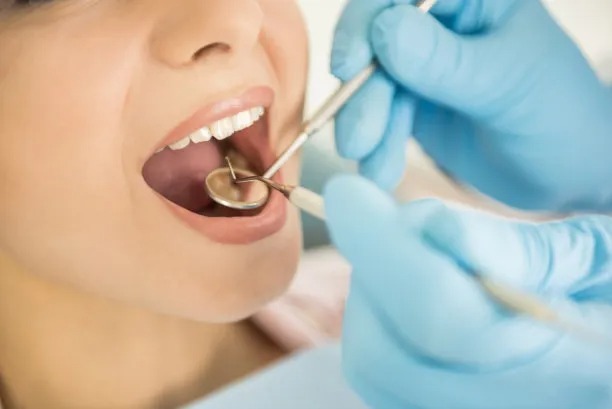The Importance of Dental Health and the Process of Extracting a Problematic Tooth for Better Oral Hygiene
Summary: Dental health is a critical component of overall well-being, impacting not just our physical health but also our self-esteem and social interactions. This article explores the significance of maintaining good oral hygiene and the process of tooth extraction when faced with a problematic tooth. By understanding the importance of regular dental check-ups, recognizing the signs that indicate a tooth extraction might be necessary, and being familiar with the extraction process itself, individuals can make informed choices that enhance their oral health. This article emphasizes the need for proactive dental care while demystifying the extraction procedure, ultimately promoting better oral hygiene and overall health.
1. The Vital Role of Dental Health

Dental health is often overlooked, yet it plays a significant role in our overall health. A healthy mouth contributes to the prevention of various medical conditions, including heart disease, diabetes, and respiratory illnesses. Poor oral hygiene can lead to bacteria entering the bloodstream, triggering systemic infections and inflammation throughout the body.
Moreover, good dental health contributes to mental well-being. Many individuals derive confidence from a healthy, bright smile. Dental issues can lead to discomfort or embarrassment, manifesting as social anxiety or reluctance to engage in conversations. Therefore, maintaining oral hygiene is not merely a physical necessity but also integral to emotional health.
Proper dental care, such as regular brushing and flossing, is essential in ensuring the longevity of teeth and gums. Regular dental visits aid in early detection of dental problems, allowing for interventions that prevent serious complications. This underscores the importance of prioritizing dental health in our routines.
2. Recognizing Problematic Teeth
Even with diligent oral care, issues can arise. Identifying problematic teeth early can streamline the process of treatment. Patients should be aware of symptoms such as persistent pain, swelling, or sensitivity that could indicate a serious issue like infection or decay.
Additionally, other signs include difficulty chewing, visible decay, or discoloration, which can hint at the need for extraction. A frequent visit to the dentist can ensure that such problems are monitored and addressed promptly, leading to better health outcomes.
Ignoring these symptoms can lead to more severe consequences, including the potential for additional tooth loss or the need for more extensive procedures. Thus, recognizing the red flags of dental problems is crucial to maintaining a healthy mouth and preventing more complicated dental issues down the line.
3. The Tooth Extraction Process Explained
When it becomes evident that a tooth cannot be saved, extraction is often the best option. Understanding the extraction process can ease fears associated with this common dental procedure. Firstly, the dentist will administer a local anesthetic to ensure the patient is comfortable and pain-free during the extraction.
Once numbness is achieved, the dentist will utilize specialized tools to loosen and remove the problematic tooth from its socket. The time it takes for extraction can vary based on the tooth’s condition and its position in the mouth. Post-extraction, the dentist will provide care instructions, ensuring the patient understands how to manage recovery safely.
Aftercare is vital for preventing complications like infections or prolonged bleeding. It’s essential to follow the aftercare steps provided by the dentist and attend follow-up appointments to monitor the healing process. Understanding this process helps demystify tooth extraction and reduces anxiety associated with it.
4. Promoting Better Oral Hygiene After Extraction
Post-extraction hygiene is crucial for ensuring the mouth heals properly and remains healthy. Gentle brushing and rinsing with warm salt water can promote healing and prevent infection. Additionally, patients should avoid smoking or using straws for a specified period, as these actions can disrupt the healing clot and complicate recovery.
Long-term oral hygiene practices should include regular dental check-ups, a balanced diet, and maintaining a consistent brushing and flossing routine. These habits not only keep remaining teeth healthy but also contribute to overall dental health and help prevent future extractions.
Education about oral care and the importance of addressing dental issues promptly fosters a long-term commitment to dental health. A proactive approach to oral hygiene can lead to a lifetime of healthy smiles and reduce the likelihood of serious dental complications in the future.
Summary:
Throughout this article, we have discussed the importance of dental health and the critical process of tooth extraction. By recognizing the signs of problematic teeth and understanding the extraction procedure, individuals can take charge of their oral hygiene effectively.
In conclusion, the commitment to oral health not only enhances physical well-being but also boosts confidence and social interaction. Embracing good practices in oral hygiene is essential for a healthier future.
This article is compiled by Vickong Dental and the content is for reference only.


